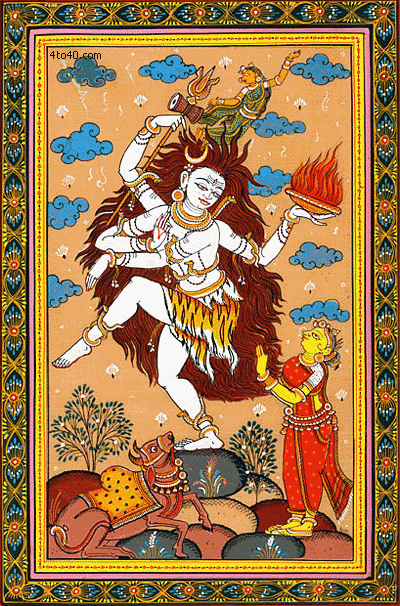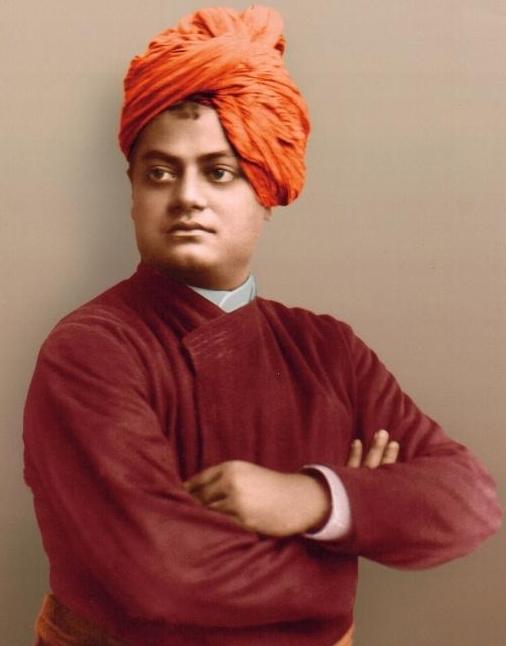Vipassana : The meditation technique of Gautama Buddha
| Vipassana is the technique of lord Gautama Buddha . The path of Buddha is considered as Golden Mean because he teaches that there in no need to go to any extreme – neither in indulgence nor in abstinence. His path is a Golden path, which does not demand affiliation to any idea, belief or dogma. Even after the lapse of more than 2500 years since he walked on this earth, there is no decline in his teaching or in the relevance of his miraculous and amazingly simple meditation technique ‘Vipassana’. In fact this meditation technique is often considered as the technique of the future because of its extremely simple yet very powerful method. For the busy and extremely complicated life of 21st century, Vipassana is the kind of friendly meditation which can be done by anybody, anywhere and at any time. |
What and why of Vipassana
Vipassana means ‘to come and see‘. To be more precise – to come inward and see. It is the way of the Buddha. He do not give sermons on reality. He only says ‘ “come and see – ‘Eehee Pissico‘. Just come inward and see for yourself the reality.
In a single sentence :What is Vipassana ?
Vipassana is :
“To watch your breath with awareness. “
That’s all ! It is just simple . To be watchful of your breath as it comes and go. It is Vipassana. The easiest meditation technique of all time.
Breathing is the most of important life process of our body. Nobody can exist without breath even for a single moment. In fact breathing is so important that nature has made it automatic in all living being. Nobody has to remember to breath. Just like internal vital process of our body like pumping of heart, circulation of blood, digestion of food etc, the breathing also happens on its own. Numerous meditation techniques are centered around breath. Almost all spiritual schools has developed a majority of their meditation techniques around breath. The reason for such infatuation with breathing is that it (breathing) is not merely a process of inhaling oxygen and exhaling Carbon Dioxide. Breathing, in reality, is a bridge between our body and our self.
From the moment we come into this world – till the moment we die, we continue taking breath. Breathing is a link between our soul and our body. So when one meditates on breathing, invariably, he gets connected with his self. As already described in ‘What is meditation‘ (that all meditation techniques are the methods through which our true self is revealed to us), when you mediate in Vipassana , you will realize your real identity – Self.
In Vipassana you have to be just aware of your breath. A simple rule is that no matter what you do, no matter in whichever action you indulged in – just be aware of your breathing process. Be watchful of breath as it comes inside your body and goes outside. Don’t try to control your breath. Vipassana is not ‘Pranayam ( the yogic exercise in which one control various movements of breath). If your breath is deep let it be, if it is shallow let it be. Just let your breathing in its natural rhythm.
Understand this by this analogy: Just imagine that a river is flowing. Now the flow of the river may be fast or slow. What you have to do is to sit on its bank Just watch the river as it flows. Don’t try to create ripples in it. Don’t do anything that affects its flow. Just be a watcher. This river is your breath. The breathing process is going on. Just be a watcher of this process. Slowly slowly as you watch your breathing, your mind will start calming own. You will see that all thoughts are disappearing on their own. Eventually as you keep practicing, such moment will start coming when you see that everything has come to a standstill. There will be no thoughts, there will be no emotions. However, there will be full awareness. The state of choiceless awareness. In this state you will know the real you.
Some important things about Vipassana:
(1) Though this extremely easy meditation can be done anytime, anywhere, initially it is strongly advised that you allocate some fixed time for it on daily basis. Choose a separate room and sit in a comfortable position. Them meditate by watching your breathing.
(2) The real success will come when you can be aware of your breath while doing all kind of daily activities like reading, playing, driving, swimming, or doing any domestic task. However this stage will come after a regular practice for a considerable amount of time. At that point there will be two aspects of your existence – doing and being. You will be doing everything, fully involved in your tasks, yet inside there will be a center of awareness in you undisturbed by outer circumstances. That will be the true state of a meditator – the one who will be creative outside and meditative inside.
 shivatANDavastotram
shivatANDavastotram.gif)

 It is said that when Swami Vivekananda toured the US, his friends and co-disciples of Ramakrishna Paramahamsa were very unhappy with his teachings, as he taught only advaita and he never mentioned his Guru, much to the displeasure of those in India.
It is said that when Swami Vivekananda toured the US, his friends and co-disciples of Ramakrishna Paramahamsa were very unhappy with his teachings, as he taught only advaita and he never mentioned his Guru, much to the displeasure of those in India.